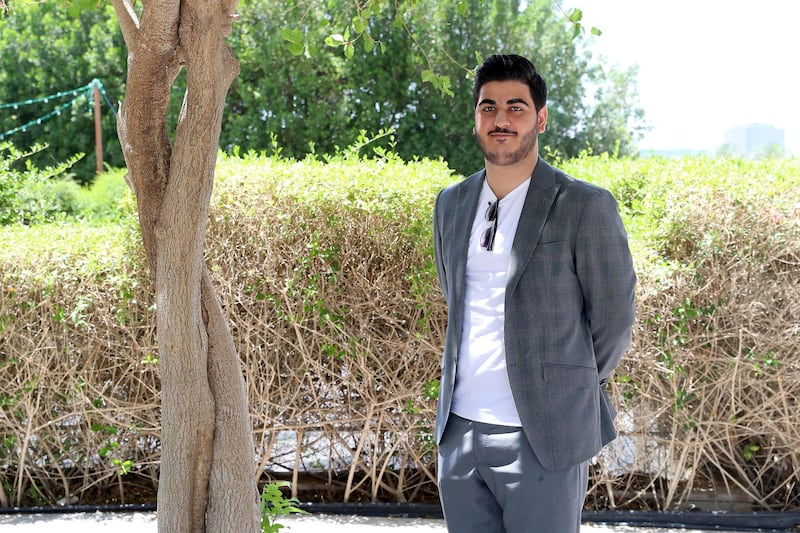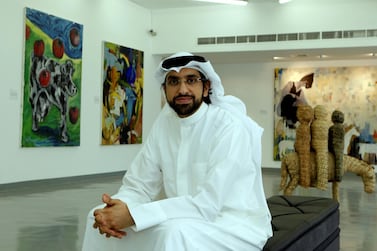“When you say Iraqi art, you think of it as an Arab art form,” the Kurdish-Iraqi collector Shad Abdulkarim says. “But what about the Kurdish artists, what about the Turkmen artists, what about the Yazidi artists? There isn’t a focus on these different ethnicities, but they are also part of Iraqi art history.”
Abdulkarim, who is partly based in Dubai, plans to build the first Kurdish museum of modern art in Iraq: the Salam Museum of Modern and Contemporary Art, which is due to open in his native Sulaymaniyah next year.
“The purpose of the museum is to put a little more focus on these lesser-known artists,” Abdulkarim says. “And the lesser-known works that are also quite important.”
The young patron behind the museum is not entirely what one would expect. When he is in Dubai, he lives at the Holiday Inn in Internet City and works as a ticket clerk at the art-house movie theatre Cinema Akil.
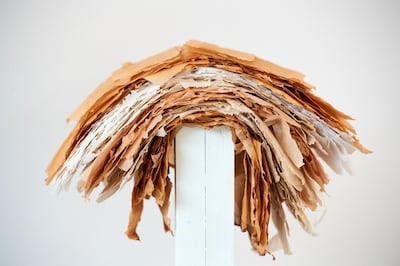
“When people from the galleries in Alserkal Avenue see me, they recognise me from Art Dubai, when I’ve got my suit on, my sidara [hat] on.
“They say, ‘aren’t you the guy who wanted to buy the painting? Aren’t you the guy who actually bought the painting? Aren’t you supposed to be rich?’” he laughs. “No. I work at Cinema Akil. I work at the box office. I sell tickets.”
Abdulkarim is probably less hard-up than he is letting on – he comes from a prominent Kurdish family in Sulaymaniyah, and his great-grandfather was the Grand Mufti of Khanaqin – but the Salam Museum will have an experimental feel.
Abdulkarim is a budding filmmaker who has only been collecting for two years, mostly fuelled by the proceeds of one of his father’s business interests in Iraq, which he now oversees. The collection will be comprised of around 40 works of Abdulkarim’s, a few loans from Kurdish families, and about 150 works donated by his uncle, Diar Ahmad, the former CEO of Asiacell, who has a substantial collection of Kurdish work.
The emphasis will be on Kurdish artists, such as Omar Darwish, Rostam Aghala and Ismail Khayat – currently little-known artists whose profile Abdulkarim hopes to elevate – as well as others from the region, such as the Palestinian Kamal Boullata and young Emirati Asma Khoory.
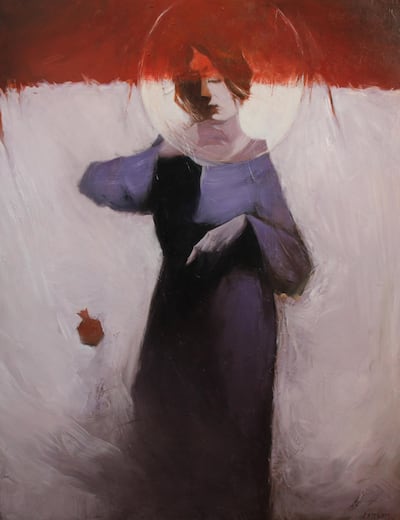
Sulaymaniyah is one of the main cities in the Kurdish areas in the north of Iraq, which currently operates under a semi-autonomous government. Often known as the “Paris of Iraq”, it has deep cultural roots, and boasts a few galleries, an Institute of Fine Arts and an arts department at its university.
Abdulkarim is currently transforming the first floor of a building into 700 square metres of cultural space, made up of exhibition galleries, an art library and Iraq's first art-house cinema. ("That's why I work at Cinema Akil," he says.)
The Kurdish context will be key. This will be the first opportunity for many local residents to grasp the role of Kurdish artists in the Iraqi art scene.
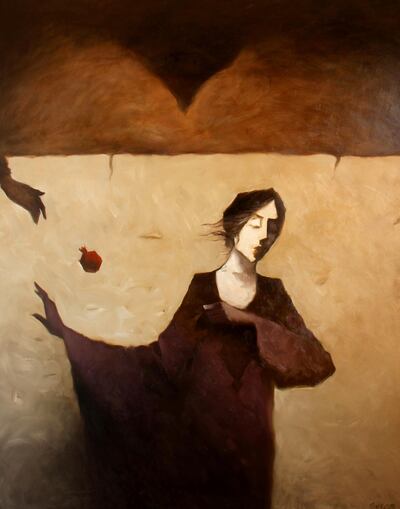
"Kurdish work expresses the thoughts, theories and beliefs of Kurdish people, which is distinct from Arab art," he says. "We have our own language, our own traditions, our own clothes even, our own ways of doing things. A lot of works are political or nationalist, and many are landscape works – we're a mountainous region, so we paint our lakes and greenery."
A number respond to the Anfal campaign, when Saddam Hussein’s forces sought to quell Kurdish opposition and bombed and gassed hundreds of Kurdish villages between 1986 and 1989. An estimated 50,000 to 182,000 Kurds died.
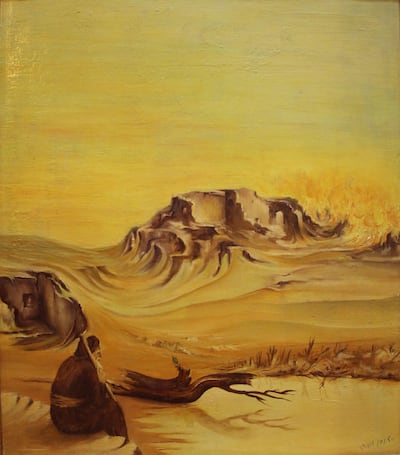
The scene is the subject of Hope, for example, by Darwish. Executed on fibrewood, the story goes that he painted it the very night he fled from his bombarded village – a date, March 25, 1987, that he inscribed into the artwork.
"It took me a year to get that work," Abdulkarim says. "It belonged to a family friend, and stood out because it was the only painting in the house. Our friend had been with him, the night they ran away from the village. He said he painted it out of misery and out of pain." But the man depicted in the painting is not staring at his burning village. Rather, he is peering at the small sprig of a plant growing in the foreground – a message reflected in the work's optimistic title.
The violence of Iraq’s recent past, documented by many of these artists, is still near. Indeed, its presence also has a part to play in Abdulkarim’s campaign to build the museum. He initially started collecting with money from one of his father’s businesses.
As the idea took shape, Abdulkarim sold the apartment he owned in Dubai in order to raise funds – hence his current abode of the Holiday Inn in Internet City – and his father became more invested, emotionally as well as financially. "My father's support also became deeper and he started to believe in it more," Abdulkarim says. "We were at the Barjeel show at the Sharjah Art Museum, and saw A Wolf Howls by Dia Azzawi.
“The painting is based on a poem by Muzaffar Al Nawab. My grandfather was a prominent communist, and he spent seven years of prison time, in Hilla jail, with Al Nawab. When my father saw the work, he said the hairs stood up on the back of his neck.”
The young collector hopes, too, that his museum will be one of a number of projects elevating the standing of Iraqi minorities. He notes, for example, that the Kurdish artist Serwan Baran will represent Iraq at the Venice Biennale, which opens this week. “I want to help Iraq embrace its minorities,” he says, “And to help them embrace their country’s artworks.”
